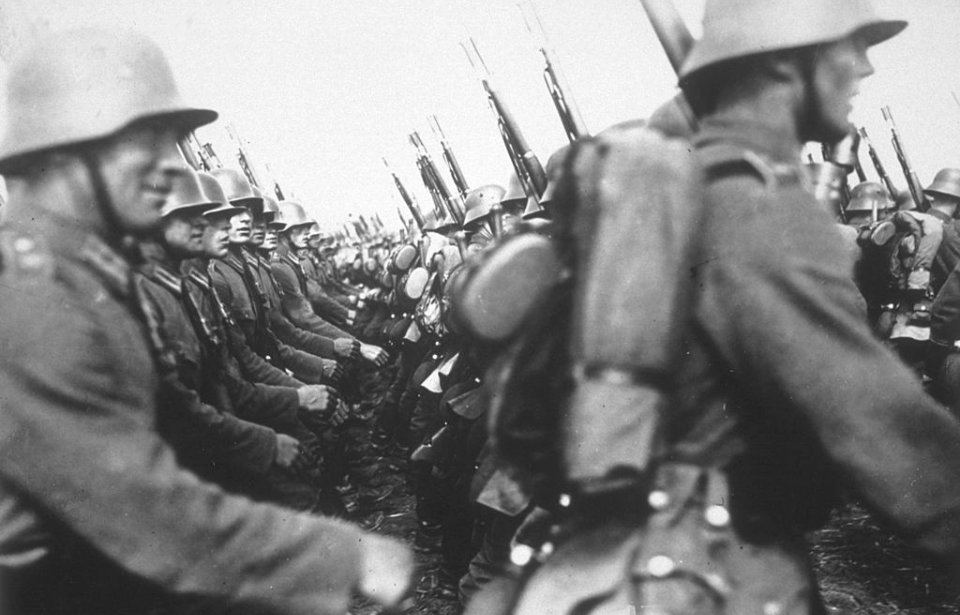In the 2001 HBO miniseries Band of Brothers, Tech. Sgt. Donald Malarkey, portrayed by Scott Grimes, converses with a German prisoner of war who mentions he is from Eugene, Oregon. The prisoner explains that his family felt a strong sense of duty to return to Germany and fight for their homeland. This moment brings up an intriguing question: how many German Americans left the United States to join Germany’s military during World War II?
The exact numbers are unknown
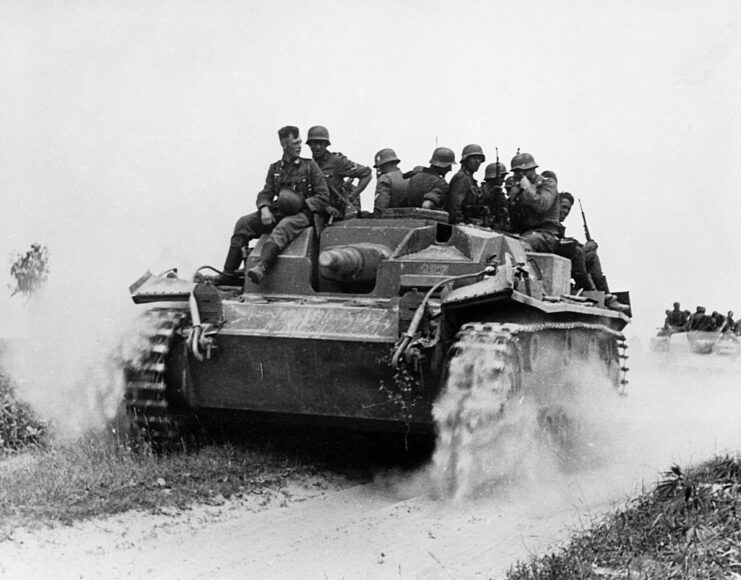
The issue with this question is that there are no concrete numbers available to provide an easy answer. Prior to and during the Second World War, various programs and initiatives were introduced to encourage ethnic Germans to return to Germany. However, the extent to which these efforts succeeded in recruiting soldiers remains unclear.
In The German Order of Battle: Waffen SS and Other Units In World War II by George Nafziger, it is noted that five German Americans served in the Waffen-SS during World War II. These individuals were identified as “US Volksdeutsche,” meaning they were of German heritage. Nafziger includes them as a footnote within broader data on the nationalities of SS personnel.
One such program aimed at ethnic Germans was the Rüeckwanderer, which encouraged individuals to visit their local German consulate and pledge allegiance to Germany. Participants were required to declare their intent to return to the country, at which point they were given access to a special currency that could be used within Germany.
The number of individuals who returned under this program before it ended is unknown, and it is equally unclear how many ultimately fought for Germany.
German American Bund
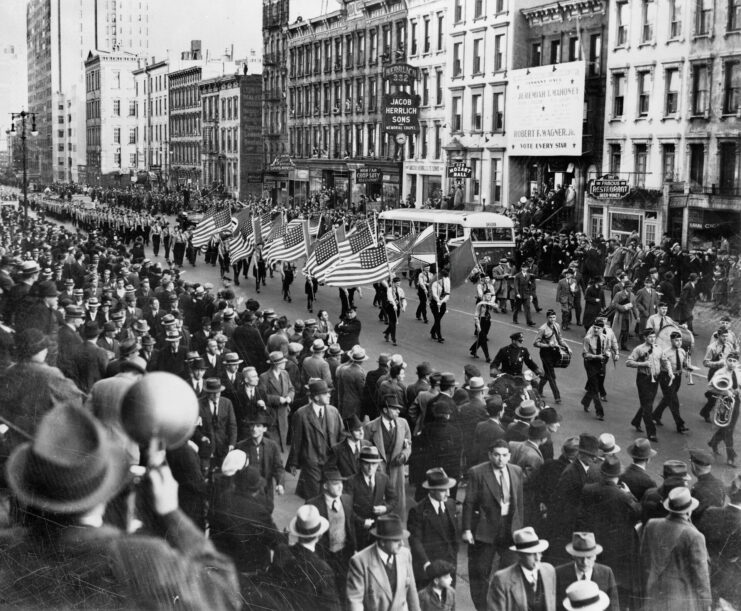
The German American Bund, an organization that aligned itself with the National Socialist German Workers’ Party, was active in the U.S. during the 1930s. While the Bund’s influence may have inspired some German Americans to travel to Germany to fight in WWII, the group’s overall impact fell short of its goals.
Modeled after Nazi Germany’s government, the German American Bund operated several training camps across the United States and held rallies to promote Germany’s ideology. Much like Adolf Hitler, its leaders were vocal in their condemnation of Communism and expressed anti-Semitic views.
The Bund’s first leader, Fritz Julius Kuhn, a German-American WWI veteran, ran the organization until he was imprisoned on embezzlement charges. His downfall led to disarray within the group, and later leaders struggled to maintain the same level of influence.
The U.S. government kept a close eye on the Bund, especially due to its involvement in draft evasion campaigns. This scrutiny led to legal action against its leaders, with one even fleeing to Mexico to avoid prosecution.
Though the Bund’s activities were highly controversial, its records do not indicate any direct calls for German Americans to return to Germany. If there were any such appeals to fight for the homeland, they likely came from outside the U.S.
Many important documents didn’t survive the war
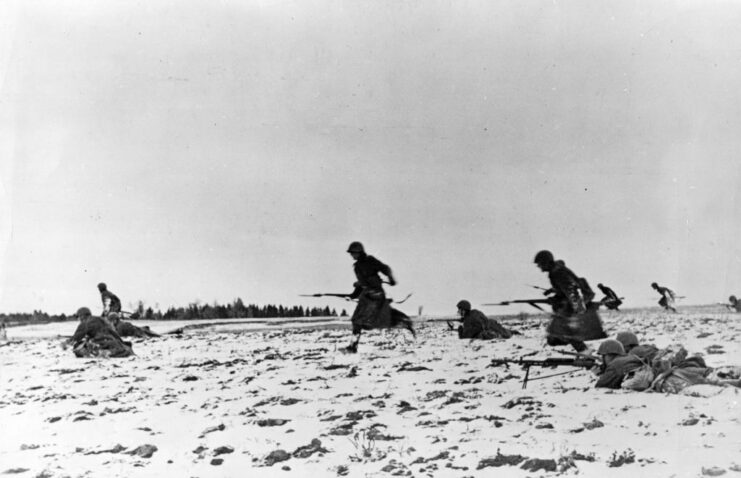
Martin James Monti deserted the USAAF and the Waffen-SS
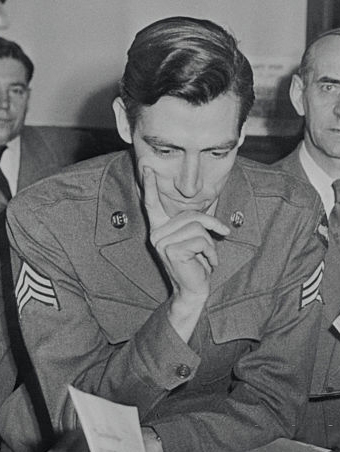
There were a few cases where non-German Americans joined the German military. The most famous was Martin James Monti, a second lieutenant within the US Army Air Forces (USAAF).
Monti grew up listening to radio broadcasts by Roman Catholic priest Charles Coughlin, who spoke highly of Germany and Italy’s fascist governments. He was commissioned as a flight officer into the USAAF in early 1944, and while stationed in Italy he stole a Lockheed P-5E Lightning. He flew to Milan, where he surrendered to the Germans.
The aircraft was tested by the Luftwaffe‘s Zirkus Rosarius unit and Monti was given a spot in the SS‘ propaganda unit, in Berlin. While on the radio, he spoke under an alias. Outside of these duties, he also helped create a propaganda leaflet that was handed out to Allied POWs.
In 1945, aware of Germany’s imminent defeat, Monti fled Berlin. At first, the Allies believed him to be a German POW, but under interrogation he revealed he’d deserted the USAAF. He claimed to have stolen the P-5E because he was “bored,” adding he did so to “personally fight the Germans himself.” He said he’d been shot down during his flight and wound up joining a partisan group.
Surprisingly, the Americans believed Monti’s story and only court-martialed him on charges of desertion and theft. While he was initially sentenced to 15 years in prison, this was later suspended by US President Harry S. Truman, on the condition he re-enlist with the USAAF, later the US Air Force. He did just that, receiving an honorable discharge in January 1948.
Immediately following his discharge, the FBI arrested Monti for his propaganda work in Germany. He was subsequently indicted on 21 acts of treason, to which he pleaded guilty and was sentenced to 25 years in prison. He served his sentence in Kansas, and at one point tried to withdraw his plea, claiming he’d been pressured to admit to the charges against him by his attorney.
Monti’s appeal was ultimately rejected, and he remained in prison until he was paroled in 1960.
Donald Malarkey said the encounter in Band of Brothers did occur
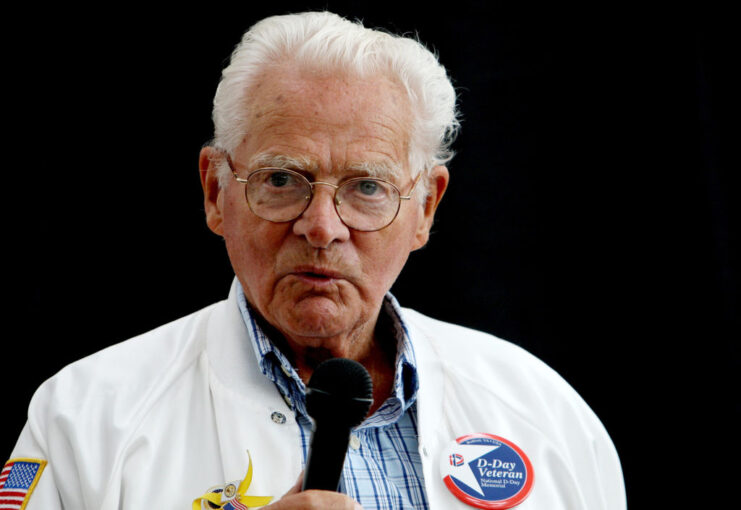
The WWII-era German-American POW depicted in Band of Brothers is believed to have been based on a real person. The real-life Donald Malarkey later recalled the incident did occur, although there are no after-action reports to corroborate his story.
Malarkey served as a non-commissioned officer with Easy Company, 2nd Battalion, 506th Parachute Infantry Regiment, 101st Airborne Division. He participated in several engagements during WWII, including Mission Albany, Operation Market Garden and the Battle of Bastogne.
More from us: Before He Was Obi-Wan Kenobi, Alec Guinness Was Part of the Allied Invasion of Sicily
The truth is we’ll likely never actually know how many German Americans went to fight for Germany during WWII. We’ll also never know how common such a decision was among the 1.2 million individuals of German descent who lived in the US at the start of the conflict.
